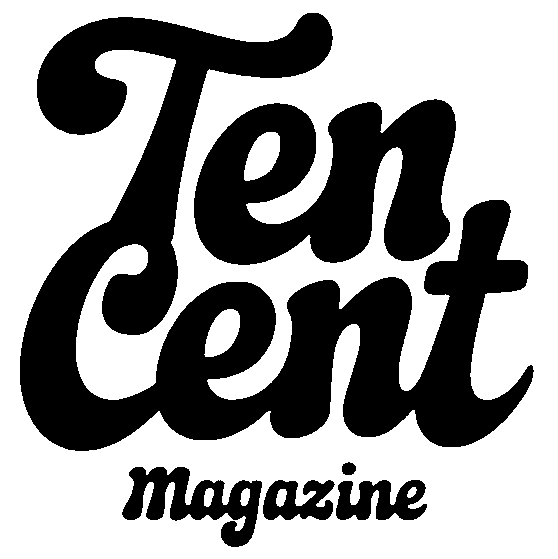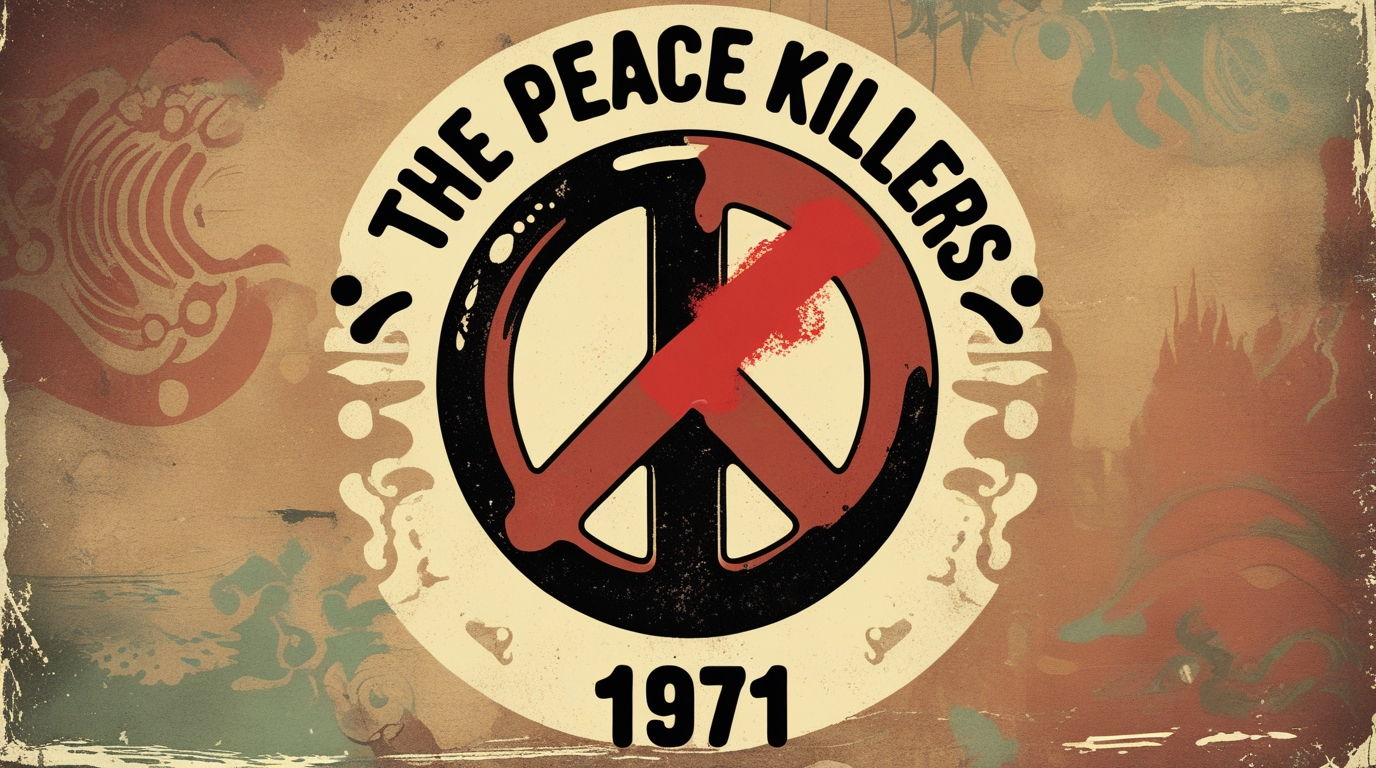If The Peace Killers were a cocktail, it would be one part biker exploitation, one part counterculture rebellion, and three parts raw, unfiltered chaos—shaken, not stirred, and served in a cracked mason jar. This 1971 cinematic joyride is a fever dream of leather-clad debauchery, with all the subtlety of a motorcycle revving at full throttle inside a library.
The story—or what passes for one—centers on a band of peace-loving hippies (naturally) who run afoul of a gang of bell-bottomed berserkers called “The Death Squad.” And no, that name is not ironic. Their leader, a frothing maniac named Rebel, is played with such unhinged ferocity that you half-expect him to burst into flames from sheer intensity. He’s not a man so much as a Molotov cocktail in human form. His motivations? Who cares. He’s mad, bad, and dangerous to know.
Opposing him is Kristy (played by Jess Walton), a former biker girlfriend who’s traded in her days of greased-up nihilism for the free-love utopia of a hippie commune. Predictably, Rebel and his crew aren’t thrilled about her sudden conversion to tie-dye pacifism. What follows is a battle of “peace and love” versus “punch and shove,” and it goes about as well as you’d expect. If you came here for subtle social commentary, I suggest you check another aisle. But if you came for snarling outlaws smashing everything in sight to the tune of a blistering rock soundtrack, then congratulations—you’ve hit the jackpot.
Director Douglas Schwartz approaches the film like he’s late for another job. Scenes begin, explode into violence, and end with all the grace of a car hitting a fire hydrant. The editing is frenetic, the camera work erratic, and the dialogue sounds like it was ripped from a collection of scrawled napkin notes. Characters don’t develop; they simply exist until they’re thrown into yet another brawl. And yet—and yet—there is something deeply hypnotic about it all. It’s pure cinematic id, unburdened by logic, pacing, or common sense.
The violence is as grimy as the biker gang’s haircuts—messy, ugly, and just a bit too long. Brawls break out every ten minutes, like clockwork, with bodies flying through wooden railings and faces being mashed into dirt. It’s visceral and unpolished, with the sound effects of every punch landing like someone smashing a pumpkin with a mallet. If you have any affection for the raw grit of ’70s exploitation cinema, this is the good stuff—authentic, greasy, and proudly unrefined.
There’s also a certain poetry to its madness. Beneath all the sweaty machismo and chain-whipping brutality, there’s an unmistakable sense that The Peace Killers is tapping into something primal about the collapse of the ’60s dream. Peace and love don’t stand a chance in this world, and the film knows it. It’s nihilism on two wheels, with no brakes and no plan for where it’s going.
Do I recommend it? Of course I do. Not because it’s “good” in any traditional sense, but because it’s a blazing hot monument to a time when films didn’t need to be polished to be powerful. The Peace Killers is scuzzy, feral, and untamed—a ferocious howl from the backroads of American exploitation cinema. Watch it with friends, laugh at its audacity, and marvel at its ability to turn pure mayhem into an art form.

